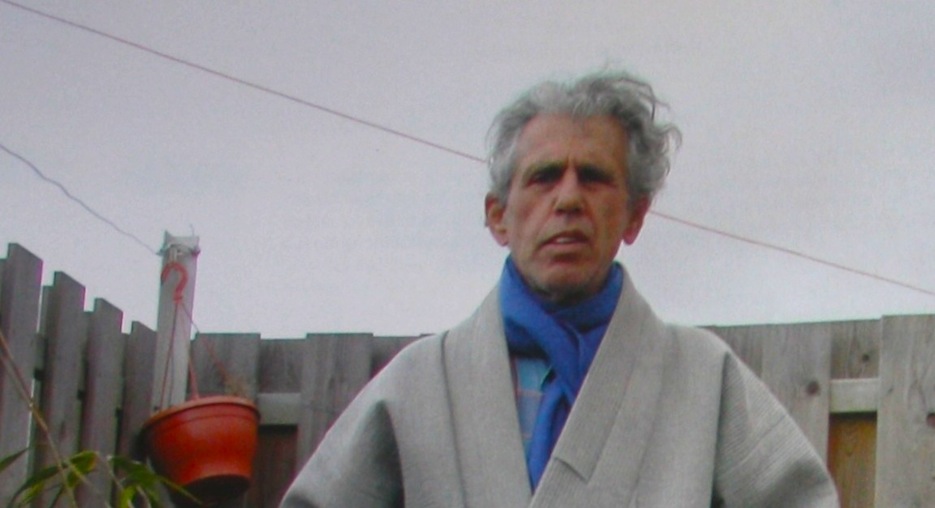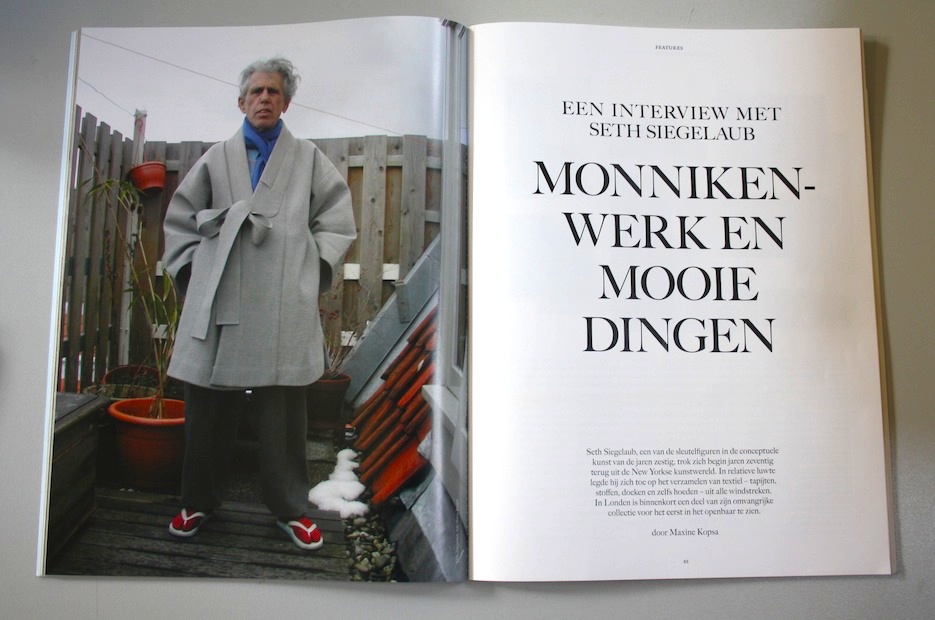
Ants’ Work and Beautiful Things An Interview with Seth Siegelaub

(This interview is published in Metropolis M no. 1 – 2012)
Seth Siegelaub, who was one of the key figures in Conceptual Art during the sixties, withdrew from the New York art scene in the early seventies. In relative seclusion, he started collecting textiles – rugs, tapestries, fabrics, embroideries, even hats – from all corners of the world. Soon, part of his extensive collection will be shown in public for the first time.
Hard not to start with a cliché. Seth Siegelaub is known for his revolutionary work in showing and promoting Conceptual Art in the sixties and seventies. His gallery, Seth Siegelaub Contemporary Art, which he opened after having worked at SculptureCenter in NY (‘yes, the same institution with the same name today, but then a far more conservative “garden sculpture” set-up’), was only operational from 1964 to 1966. After closing the gallery, (‘it was a boring experience, but probably necessary for my growing up’) he worked as an independent curator – or whatever it was called back then – organizing shows, projects and working closely with artists such as Carl Andre, Robert Barry, Douglas Huebler, Joseph Kosuth and Lawrence Weiner. For some time now, he has been living in Amsterdam. There, he heads up the Stichting Egress Foundation, in which his passions for contemporary art, textile and critical theory converge.
You mentioned that the gallery was actually called ‘Seth Siegelaub Contemporary Art and Oriental Rugs’. Were these, then, the beginnings of your interest in textiles?
‘Yes, in fact in my archives there is an old sign with that name. For three months at the beginning the gallery I also tried to sell oriental rugs, but I was no better at that than selling art. It was around that time when I started collecting books on carpets. These books were meant to be study material for the rug business.’
And you continued buying books, which evolved into books on textiles.
‘Indeed. But I put all of that aside, and it wasn’t until 30 years later, in the mid 1980s in France, when it began to really take shape. In the late 1960s, I had loaned out the books to the Asia House Gallery in New York, under the care of its first director, Gordon Bailey Washburn. And I totally forgot about it and went about my art world life until 1972-73, when I moved to France.’
You left the art world in 1972. Why?
… …
Read Siegelaub’s answer and the rest of the in-depth interview in Metropolis M, no. 1 – 2012.
Maxine Kopsa is associate editor of Metropolis M
The Stuff That Matters. Textiles collected by Seth Siegelaub for the CSROT
Raven Row, London
1 March – 6 May
Maxine Kopsa


